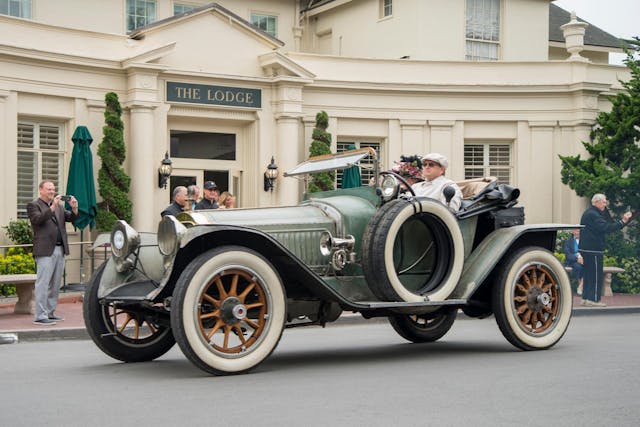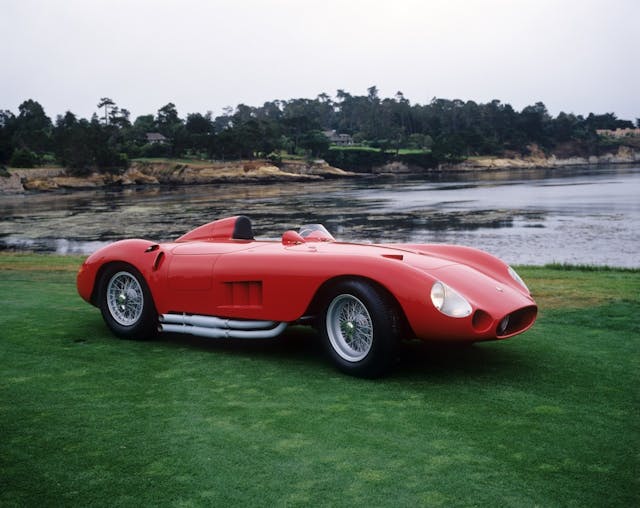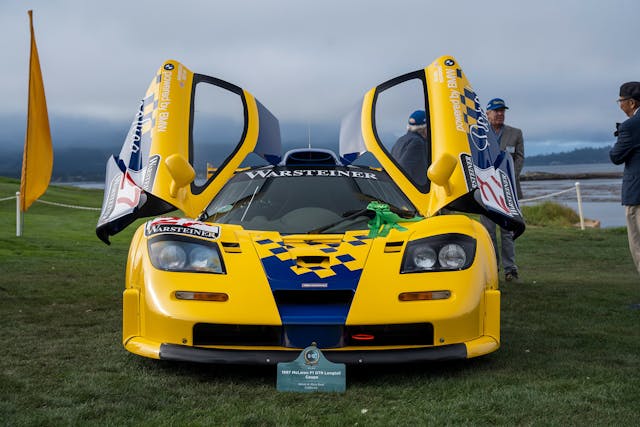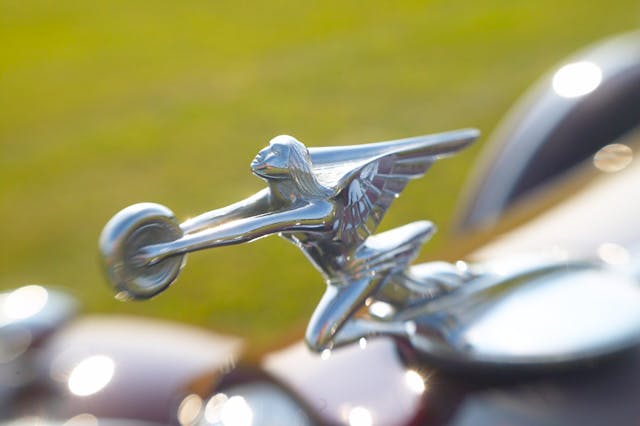Packard, Maserati among featured classes at 2024 Pebble Beach Concours
The 2024 Pebble Beach Concours d’Elegance is still eight months away, but competition for entry into the prestigious automobile showcase has already begun. The 73rd Concours, scheduled for August 18, 2024, is accepting applications through January 5.
Five featured categories will celebrate an expanded range of cars, from early pioneers to 1990s supercars.
Links to the online entry form have been sent to regular participants. Others with a car that they believe to be worthy of inclusion in the California concours can send a brief description and images to entries@pebblebeachconcours.net.
The five featured categories include:
Packard 125th Anniversary

Synonymous with American luxury for nearly six decades (1899–1958), Packard automobiles have won Best of Show at Pebble Beach four times—most recently in 2013, when Joseph and Margie Cassini III’s 1934 Packard 1108 Twelve Dietrich Convertible Victoria was crowned. To celebrate the 125th anniversary of Packard’s founding, Pebble is offering a special class for early Packard automobiles, ranging from the very earliest single-cylinder horseless carriages to the era of the massive Dominant Six in 1915. In addition, there will be a curated display of models in the 1930 Packard Speedster Series, which was essentially a line-up of factory hot rods based on a custom-built shortened chassis and equipped with a whole host of performance options. The Speedsters were available in five unique body styles, including the iconic boattail design.
Maserati

Italy’s Maserati brothers—Alfieri (1887–1932), Bindo (1883–1980), Carlo (1881–1910), Ettore (1894–1990), and Ernesto (1898–1975)—were all involved with automobiles from the beginning of the 20th century. After founding Maserati S.p.A. in 1914, the brothers produced their first racing car in 1926, and one of the first, driven by Alfieri, won that year’s Targa Florio. In 1948, long after the Maserati’s competition models became legendary and now under the management of the Orsi family, the automaker began building non-racing sports cars, and Maserati’s venerable GT series cars emerged.
Frua Coachwork

Pietro Frua was not just part of the golden age of creativity in Italian design and coachbuilding, his work all but defined it for many. From the rounded lines of the early 1950s to the sleek squared-off shapes of the ’60s, Frua was a master of all. His designs were sometimes a little off-putting, but they were still tasteful and inherently beautiful. Frua began his career with Farina and then built his own design studio, which, after many successful projects, he eventually sold to Ghia. Along the way, he bodied many marques, but his creations built for Maserati, which featured smooth, low-slung bodywork, are among his most celebrated.
Wedge-Shaped Concept Cars & Prototypes

A few 1950s prototypes hinted at the idea, but wedge-shaped designs really stepped into the public’s consciousness with concept cars in the three decades that followed. The trend began with the Ghia Gilda Streamline S and blossomed with the Alfa Romeo Carabo, Ferrari Modulo 512, and Lancia Stratos HF. These dramatically different cars weren’t just styling pipe dreams, either; their lines went on to influence a whole host of production models like the Lamborghini Miura and Countach, DeLorean DMC-12, Lotus Esprit, Fiat X1/9, Lancia Stratos, and Vector W2. Traces of the wedge design also appear in the Tesla Cybertruck of today.
1990s BPR & FIA GT Race Cars

The BPR Series—named for founders Jürgen Barth, Patrick Peter, and Stéphane Ratel—brought iconic supercars to the track in the mid-1990s, just as legendary sports cars like the Jaguar E-type, Ferrari 250 GT, and Shelby Cobra had gone from road to racecourse with few changes in the 1950s and ’60s. The McLaren F1, Ferrari F40, Bugatti EB110, Mercedes-Benz CLK GTR, and Porsche 911 GT1 all took part in the series, as did exotics like the Lotus Elise GT1 and Dodge Viper. These titans of performance and style competed on tracks worldwide—from Europe to Zhuhai, China, and California’s Laguna Seca. The BPR Series began in 1994 and became the FIA GT Series in 1997.
***
Check out the Hagerty Media homepage so you don’t miss a single story, or better yet, bookmark it. To get our best stories delivered right to your inbox, subscribe to our newsletters.



I’m curious as to which Frua designs the author considers “off-putting”.